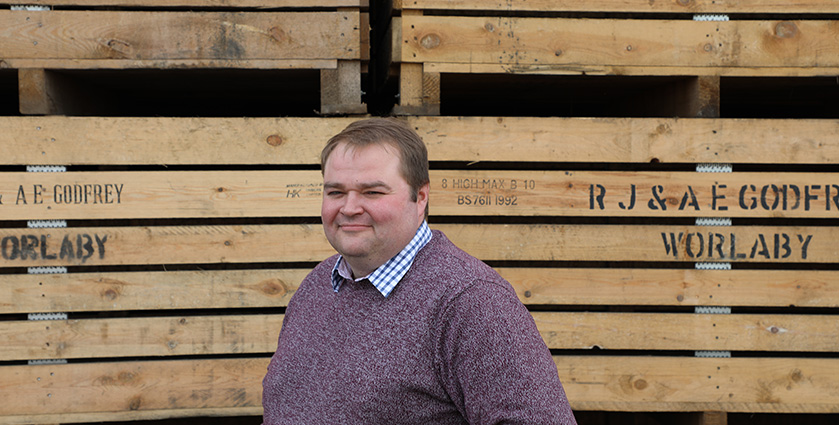Drought 2018 - What's happening on farm
Monday, 23 July 2018
The heat wave and resulting drought is continuing to affect farmers across the UK. We caught up with a few from our Farm Excellence network to find out how they're coping in the hot, dry weather.
Ian Norbury, Strategic Farm, Cheshire
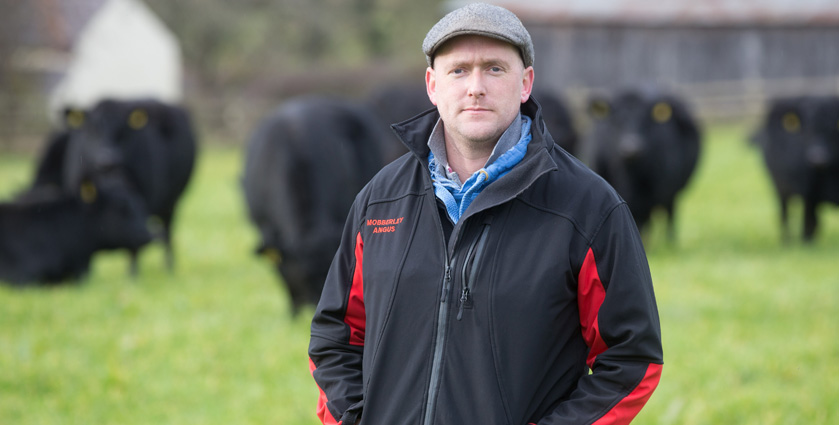
“We’re currently facing an exceptional year for weather and I can’t remember a time on the farm when everything was this dry. We held a Strategic Farm event in early June that looked at how we’d implemented rotational grazing, but we’ve now had to stop using the system due to lack of grass growth. One of our other plans was to outwinter a group of heifers on kale and while we planted it back in June, it’s still not germinated. If the hot weather continues, it might not work but I can’t make a decision until later in the year.
"Weights are looking good at the moment but as we are understocked we are coping well. We’ve looked into buying straw from the south and transporting it as we can normally get it at a reasonable price. I spoke to the supplier the other day and due to demand, the cost has gone up to £120 per tonne straight from the field. I’m just taking it day by day at the moment and hoping it rains soon”
Joe Howard, Strategic Farm, Nottinghamshire
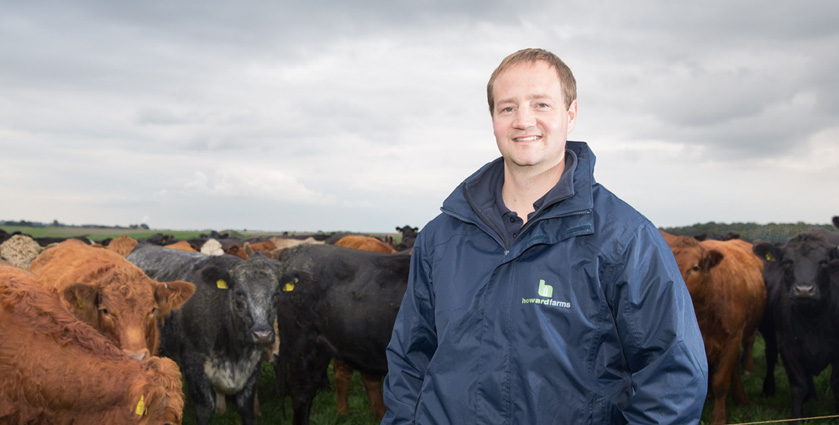
“Due to the weather we’ve stopped making silage and let the cattle onto the standing crop that would have been baled. Before the drought, I’d built up a wedge of grass as a precaution as we’re on light dry land and I always expect to get drought at this time of year.
“We have had to pause rotational grazing for our finishing stock due to minimal grass growth but we’ll reintroduce it as soon as growth rates rise, but for now we’re feeding silage. We’re weighing this week so will be able to see how their currently growing but we’ve also been feeding on a herb rich grass ley, which mean they’ve been able to graze on chicory.
“One of the measures we’ve put in place is to reduce the demand for feed by sending any animal that is hitting specification to Dovecote in order to prioritise food. On our carrot enterprise, my biggest concern is keeping up with the irrigation demand on the root crops, which is certainly being stretched to the limits for the first time in many years."
Phil Kent, Strategic Farm, Cornwall
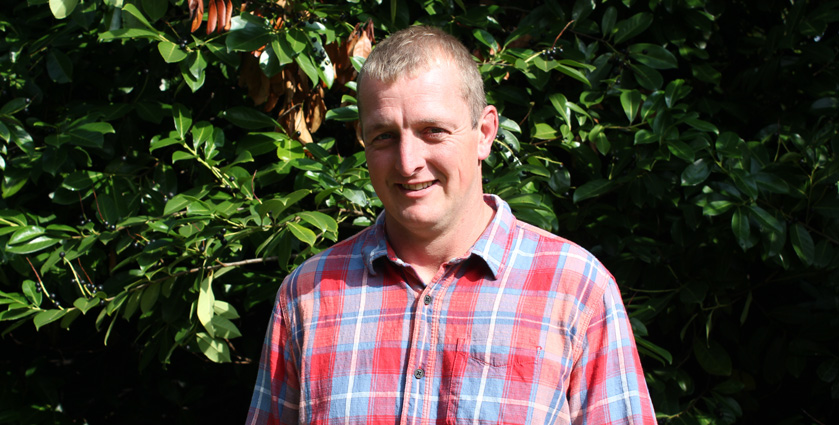
We're normally used to it being dry but we usually still have good grass growth. This year we've had to wean the lambs on silage which is unheard of and had to pause our rotational grazing system. The paddocks are still set up but the lambs have started to ignore the electric fencing just to find shade.
Our cattle are still on rotation but there is no grass there and we're moving every five days. Currently we're feeding around 12 round bales per day, which obviously has a cost associated to it. I had got 260 extra bales but that is disappearing quite quickly so I'm counting on some rain now.
On the arable side, we currently can’t get a plough in the ground. We were going to plant kale but haven’t been able to due to the dry ground. One of the options we’ve had is to sell some of the weaned lambs and cull ewes, but we are seeing prices dropping as nobody is buying stock at the moment.”
Sam Jones, Challenge Sheep
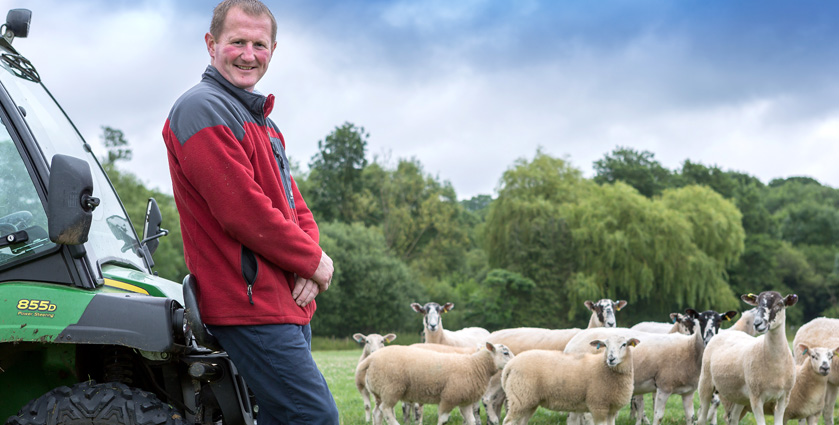
“We’re currently coping well with the heat but it has a cost implication when we’re using some of our winter feed earlier in the year. Being slightly understock has worked in our favour and our ewes are currently in good condition, coping well out in the field with a good water supply and minerals. There is very little grass at all now with only about 3mm of rain in about 10 weeks.
“We’ve weaned most of the lambs and they are on 3 in 1 feeders with barley and oats, trying to get a finish on them. We have no grass to turn the lambs onto. We wouldn’t usually use this until late autumn time but needs must."
“The one area we are struggling with is finding plenty of tree shelter in some of the fields. While most of the fields have ample shade, we’ve seen a poor live weight gain from those with less shade. At the moment we can’t forward plan for the winter as the weather may change again but I’m a firm believer that mother nature will normally balance herself out! “
Mark Jelley, Strategic Farm, Northamptonshire
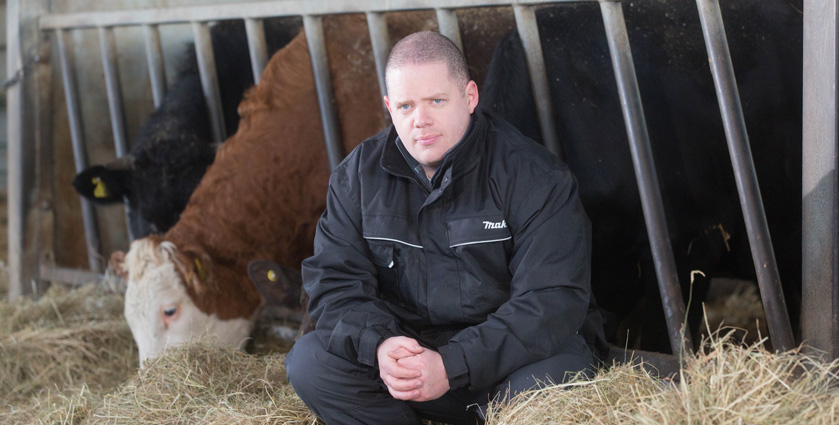
"We’ve set up a paddock grazing system this year with one field focusing on the young stock. Anything we had grazed at the end of May has shown surprisingly good regrowth up to the point when the drought really set in whereas anything grazed from mid-June onward is really struggling to recover. We'll run through the regrowth pretty quickly unless the weather changes dramatically soon and as a result young stock are currently moving on to hay and concentrate supplementation to try and keep growth rates up. We’ve also got the cows strip grazing the rough grass on ridge and furrow at the moment. We’re using an electric fence to do this and keeping them tight to make sure we utilise what’s in front of them; it's working well and ensuring that we stretch out the remaining grass as long as possible. Losing control of the grazing in the spring is proving to be a bit of a blessing.
On the arable side, harvest is going well considering the conditions. Thoughts are beginning to turn towards what effect the drought will have on our usual post-harvest farm practices as ploughing and deep working seem pointless at present. Establishment of oilseed rape could be tricky and it may prove to be the year to experiment further with direct drilling cereals too."
Will Gagg, Farm Manager Strategic Potato Farm North
“In the last two months we’ve emptied three reservoirs, we’ve never even emptied one before! It is the equivalent of a year and half’s water, by comparison last year we used about a third of one reservoir.
“We’re doing everything we can to preserve water, including irrigating mostly at night and using boom irrigators (rather than rain guns) wherever possible to avoid evaporation.
“It is so dry that we’re having to do some irrigation in the day too. We had a thunderstorm last night and one field caught 14mm of rain. I’ve just been walking there and you wouldn't know it had rained at all.
“Yields will certainly down, I’d estimate as much as 25% across the farm. We have about 10% of our potato land that is unirrigated and on those fields we will be looking at very small yields and very small potatoes!”


